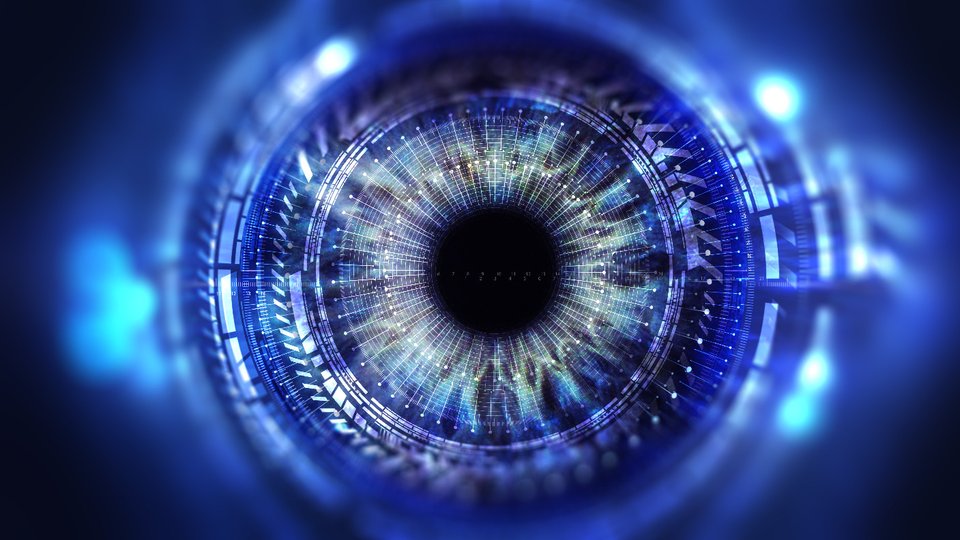Retail
Top 3 ways computer vision can transform retail operations
Kelly Harlin explains three ways retail operations can be transformed by computer vision technology, a field of artificial intelligence (AI) that facilitates computers and systems to create meaningful information from visual data to recommend action steps.

January 26, 2023 | Kelly Harlin, director of solutions marketing and commercialization, Sharp/NEC
Computer algorithms can be used to solve an immense number of problems to increase efficiency in our everyday lives. On one hand, algorithms not only power the social media platforms we browse but can also help us find the most relevant search results on Google, prevent car accidents through stop lights, and get us to our destinations via GPS. However, there are also many business-level, practical applications of the same technology that are just waiting to be applied through Computer Vision Technology.
Computer vision technology is a field of artificial intelligence (AI) that facilitates computers and systems to create meaningful information from digital videos, images, and other visual vessels. Then, it takes those actions and data points to develop recommendations based on that information. If we think of AI as a form of a thinking computer, computer vision gives it the ability to see, observe and understand on a sensory level. This type of technology is useful across most, if not all industries — but what industries are already reaping its rewards and why?
Three ways computer vision can transform retail
The retail space, in particular, is positioned to experience significant industry improvements in the next decade thanks to computer vision technology combined with edge computing, which is computing that has been done on-site or near a particular data source. According to the World Economic Forum, AI services in the retail sector are predicted to increase from $5 billion to above $31 billion by 2028. Purpose-built computer vision solutions can produce insights and even conduct decision-making, such as providing product recommendations or displaying personalized content to in-store customers, in near real-time.
Believe it or not, physical retail spaces produce vast amounts of visible environmental data. Retailers can use this data to improve operations, logistics, customer experience, and sales. When computer vision technology is installed in a retail space, the computer perceives elements of the physical world and organizes this perception into datasets that can be interpreted and applied by internal stakeholders at all levels.
With computer vision technology becoming less costly, more user-friendly, and more effective than ever before, retail stores are beginning to leverage computer vision to bolster business success without causing complex operations changes. Here are the top three ways computer vision can improve any retail business, big or small.
1. Engage customers
Between shipping delays, supply chain troubles, and short staffing, in-person shoppers must navigate an array of issues. Computer vision technology can make their trip to your retail location seamless and speedy. Digital displays can assist in wayfinding at large locations and share information about upcoming events the user might enjoy.
If customers are waiting in line, displays can provide additional engagement points for shoppers including advertising new products, services, and promotions. Meanwhile, computer vision can capture multiple layers of helpful data, including customer demographics at specific times of day and average wait times, which can be applied to future store upgrades or staffing decisions. Computer vision technology can help bridge the divide between businesses and consumers.
2. Personalize customer experiences
Whether you are planning a holiday display or selecting items to place on sale, near-real-time customer data can help you make decisions that will drive sales and pull shoppers into your store.
Computer vision technology can tell you everything from which shirt colors your customers prefer to the types of cars they drive and the brands of clothing they wear. The more info retail business owners have at their fingertips, the more they can personalize the in-store shopping experience.
Additionally, shoppers using display features can be fed personalized product recommendations to help them find exactly what they are looking for and perhaps even introduce them to new products.
3. Optimize business operations
Computer vision technology also has the power to automate tedious tasks such as inventory management and inform product assortment, which is especially helpful in retail spaces where understaffing is an ongoing issue. In the same vein, valuable data — like knowing the busiest shopping times in any given location — can help allocate staff resources to where they are most needed.
Thanks to computer vision's near-real-time processing, management can use the data to make critical decisions in a matter of minutes. Plus, data from multiple locations can be aggregated to inform decisions at the corporate level that will best serve all company outposts.
In sum, when it comes to computer vision in retail settings, knowledge really is power. This technology is poised to help retail business owners maximize their sales, create long-term customers through thoughtful engagements and operate more efficiently than ever before.


